The tongue and groove joint is one of the oldest nut and groove joints, used in walls wooden houses or floors. In the houses, the planks were laid horizontally, one next to the other (on the short side), forming the wooden wall. The ends of the planks went into a groove dug into the supporting posts at the ends of the houses. When the wood dried out and shrank in size, the planks were re-laid, 'falling' on top of each other so there were no gaps in the walls for the wind to blow through. The gap only appeared at the top, but that part was protected by the eaves, very common in old houses. The gap could easily be closed with another plank, thus completing the wall. But this is not the main area where the joint is used. Let's find out more about the nut and feder joint.
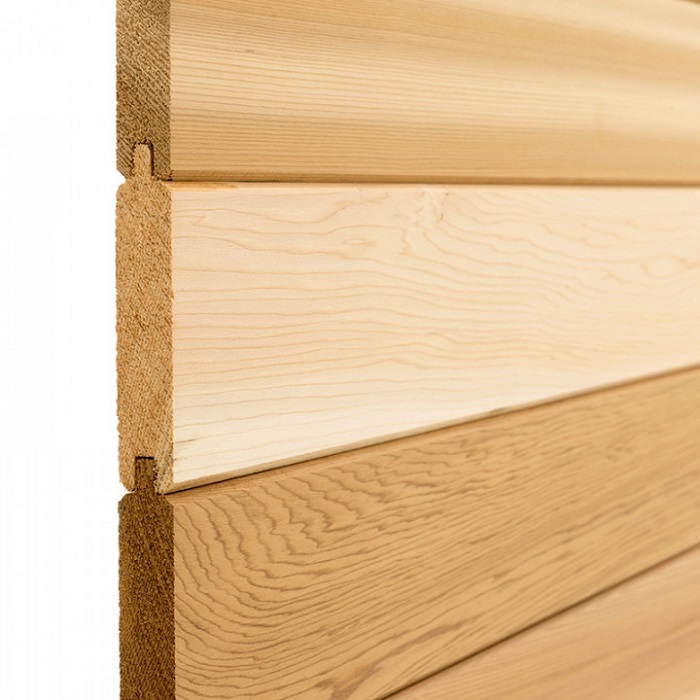
What is nut and feder blending and how is it done
The name nut and feder comes from German. German and Austrian tradition required apprentices to go out into the world and make a living from the craft they had learned for at least a year (some sources say 3 years) before becoming a craftsman and having their own workshop. This tradition of the "Traveling Horses" is now being revived and we can see them at the Targa in Sighișoara. This is how they came to us in the past, and some of their terms have also been used in the field of wood (baiț, holzsurub, țicling). The Romanian name for the joint is lambă and uluc.
Joining used to be used to make large wooden panels. Appear plywood and chipboard has led to these panels being replaced by the new products and jointing being used less and less.
To put two pieces of wood together with this joint, the edges of the wood are worked lengthwise. It is also possible to join on all 4 sides, but this is done much less frequently. Long pieces of wood can be joined together in this way to form a large, compact panel.
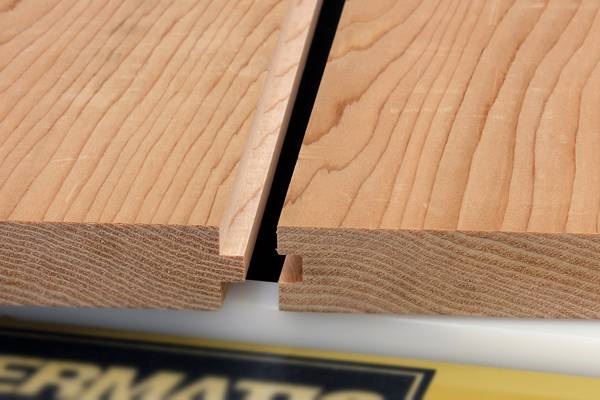
The joint itself involves a groove (nut or groove) made in the edge of a plank, along its entire length, which matches perfectly with a profile (fillet or rabbet) made in the edge of the plank with which it will be joined. As paneling involves a succession of such planks, each plank has the joist on one edge and the joist on the other. This is the joint with a fixed batten.
There is also the possibility of joining with a movable batten. In this case, the planks have grooves on both edges into which a narrow piece of wood, the thickness of the groove and slightly less wide than the depth of the two grooves together, fits perfectly. In this way the plank will fit snugly into the two recesses cut in the sides of the planks, forming the panel. In both cases (fixed or movable battens) a deeper nut gives a better resistance of the joint in case of wood shrinkage
The joint is usually removable, the elements are not nailed or glued. As large elements are used the dimensional variations in the wood can be significant. Not being stiffened by fixed elements, the wood will be able to move and cracking will not occur.
Blade and jug jointing can be done either manually, with hand tools or routers, or on industrial machines and CNCs, using cutters with special profiles.
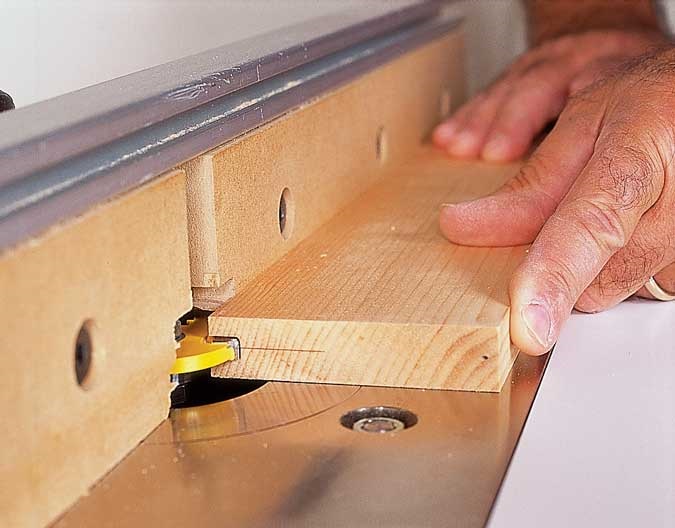
Where it is used
The combination of nut and feder is specific parquet and flooring. The wooden elements have factory milled joints that are removably jointed to allow rearrangement over time. Shrinkage is normal for solid wood flooring or parquet elements. Therefore they should be left "loose". After a while, if holes have appeared between the elements, they can easily be re-laid (re-turned). If they are glued or nailed together, it will be very difficult to refit them and there is also a risk of cracking.
Laminate flooring has a type of joint similar to the nut and feder joint, but which creates a more fixed joint. It's called a click joint system - from the sound it makes when assembled. The nut is larger on the inside than the opening and the ferrule is forced in, making it impossible to pull the elements apart in opposite directions.
The advantage of the nut and feder joint in floors is that the static force with which the furniture presses on the floor is taken up by the other elements and equalized across the entire surface. This ensures the stability of the floor.

It is also used in furniture making as an aesthetic joint. In this case the joint is stiffened by nailing, but here the elements are smaller, reducing the risk of cracking. The tongue and groove and profile can be made with swallowtail, making the joint even more attractive. Also to improve the aesthetics, horizontal and vertical elements are joined together.
It is also used in construction, when cladding houses with interlocking elements or fitting wood fiber insulation boards. in the case of insulation with nut and feder spliced fiberboard, the risk of thermal bridges.
It can also be used outdoors, to join fences, cladding around swimming pools, to create gazebos or terraces.
Joining is not specific to wood. It can also be used to join tiles and ceramic, plastic or metal elements.
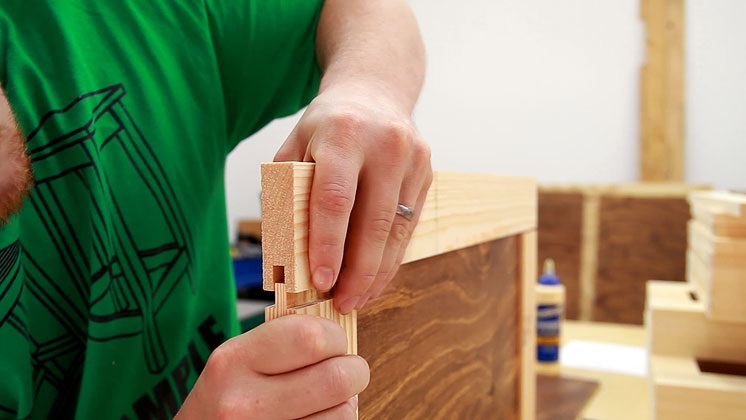
Types of such joints
The separate flap joint is not the only "variation on the same theme". The joint can be double-jointed, with two battens and two pillowcases on the edges. This makes it much more fixed, stronger.
Another option is to have both a nut and a feder on each edge, the lengths being different. This type of joint provides greater resistance to twisting.
The nut and butt profile joint is used to conceal the joint when fastening the paneling with hidden nails. The profile is intended to hide the effects of wood shrinkage.
They are continuous nut joints and interrupted feder. Basically the joint is made from place to place, the rest of the edge being free. It is a useful joint where there are large dimensional variations and an increase in the feder would result in the joint being forced and cracking. It is, however, a less solid joint.
In contrast to joining in swallowtail or the butt and rabbet, the nut and butt joint is not specific to furniture production, nor is it widely used. It is quite common, however, and can be used successfully when you want to make a plank table top. It is a joint with greater strength when used horizontally, as evidenced by its use in flooring. When used vertically, it may need to be increased in strength with adhesive or nails and screws.
If you are thinking of using it to make various objects or cladding, I hope the information in this article will be useful. Good luck!
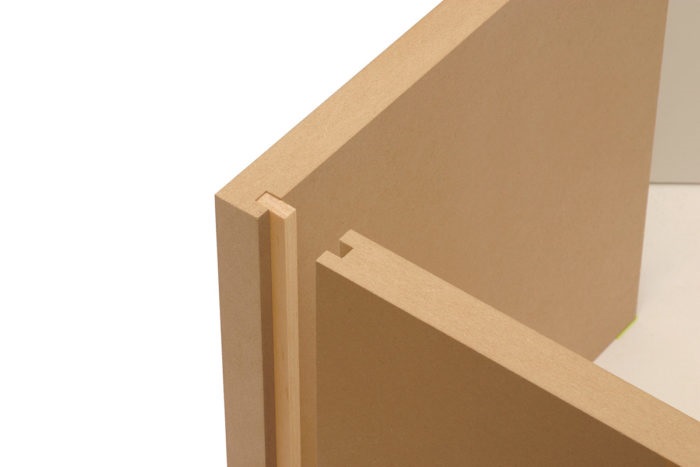



























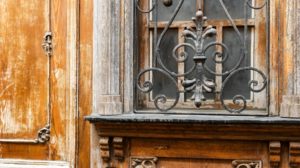

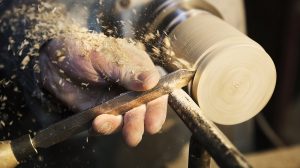
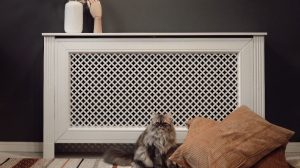



VERY INSPIRING ARTICLE! GOOD LUCK IN THE FUTURE! A KNOWLEDGE AND A MAGAZINE FULL OF USEFUL INFORMATION!
Thank you for your wishes and appreciation.